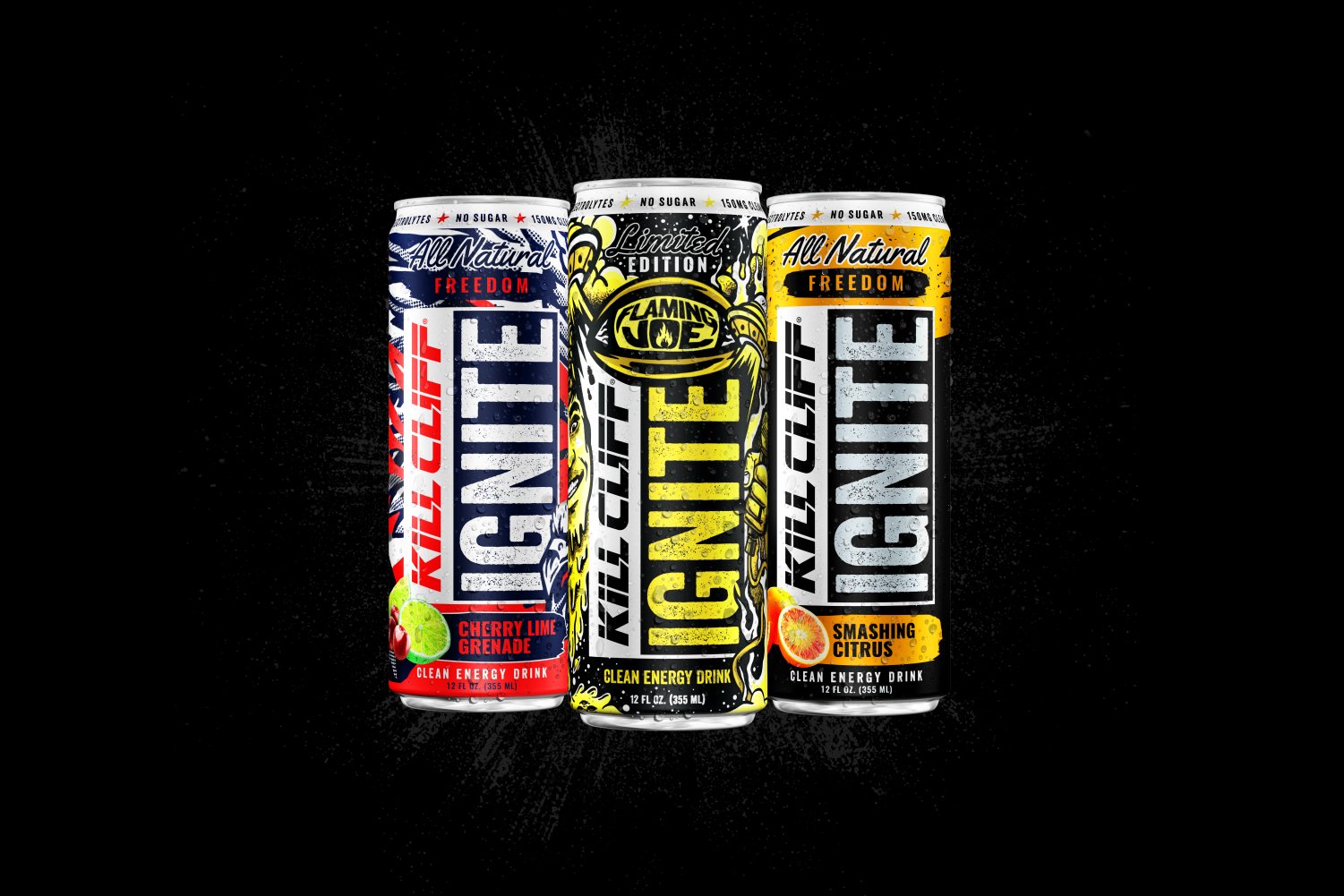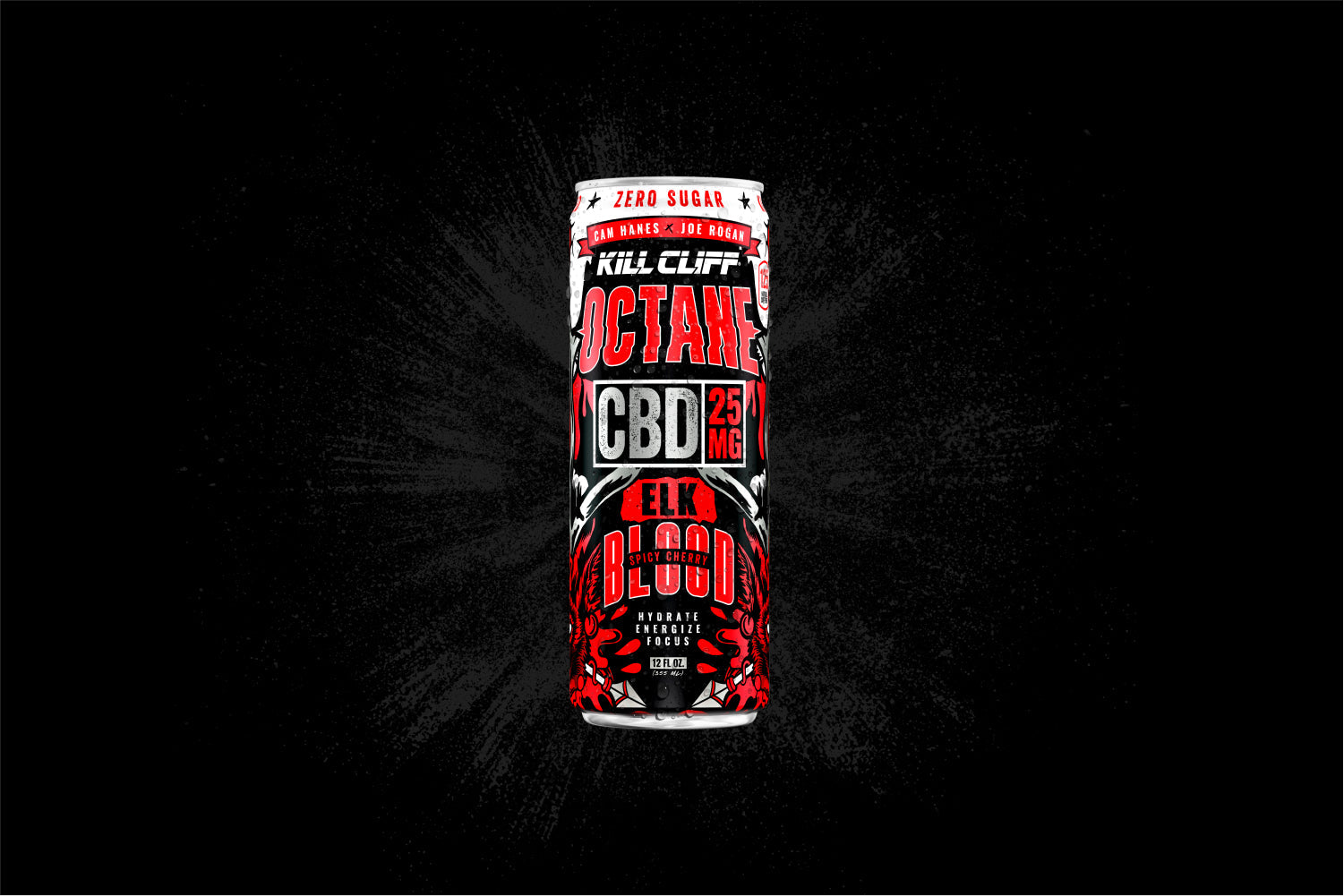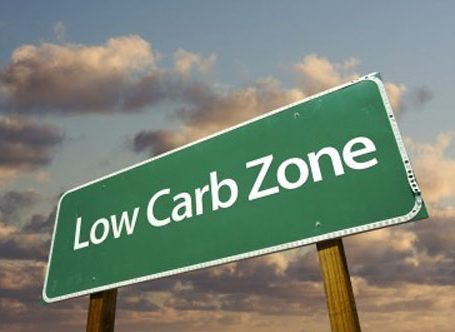
As an endurance athlete and Exercise Science major, I started hearing quite a bit about this high-fat, low-carb diet within the past few years. The theory behind it is strong: eat as little carbs as possible (less than 50 grams a day… the equivalent of two slices of whole wheat bread) while eating a diet consisting primarily of fats (about 80% of your daily calories coming from fat), and you will cause your body to learn how to rely on fats as a fuel source.
The Theory Explained
You see, during exercise, our body LOVES carbs. In our muscles, we have a carbohydrate savings account called glycogen. When we exercise–and need more energy–we tap into this muscular savings account and withdraw some of the glycogen in the form of glucose. This glucose is used to buy energy in the form of ATP. It is this energy that allows you to exercise (and live!). Later, following exercise, we give our body a much-needed pay-check in the form of a high carbohydrate meal, which serves to replenish our muscular savings account (i.e. glycogen).
However, we only get about 36-38 ATPs for every molecule of glucose. The other energy source in our body (free fatty acids) is capable of far more: we can easily get over 100 ATPs from a single fat molecule! More ATP means more energy, more energy means more time until fatigue, more time until fatigue means more endurance.
With this in mind, sports scientists have begun to display an immense interest in regards to the body’s use of fats during exercise. That being said, it is a well-known fact that the body prefers to use carbohydrates during moderate and intense exercise due to the fact that they break down a lot faster and thus can provide energy more efficiently than fats. However, the belief behind the high-fat diet is that eating significantly more fats than carbs (and thus depleting your glycogen stores) will force your body to use fats during exercise, as well as teach it how to break these fats down at a faster rate.
The Theory Proven
Sports scientists have done test after test after test… and they were right! Eating a high-fat/low-carb diet does, indeed, allow your body to better use fats as a fuel source during exercise. Check out the graphs below:
First things first: ew. Sometimes I look up studies like this and wonder to myself if this even English. It is, just the gross, scholarly kind. I will try to translate it for you. Basically, the green line represents a high-carb diet while the red line represents a high-fat diet. Furthermore, the top graph shows how the body used carbohydrates during exercise at moderate intensity; the bottom graph depicts the body’s fat utilization during exercise at moderate intensity. As you can see, while on a high-fat diet, the body used less carbs and more fats as compared to a high-carb diet.
Basically, the green line represents a high-carb diet while the red line represents a high-fat diet. Furthermore, the top graph shows how the body used carbohydrates during exercise at moderate intensity; the bottom graph depicts the body’s fat utilization during exercise at moderate intensity. As you can see, while on a high-fat diet, the body used less carbs and more fats as compared to a high-carb diet.
Besides getting a heck-of-a-lot more energy in the form of ATP, another perk of using more fats during exercise is the fact that you will accumulate less lactic acid, a HUGE cause of fatigue during exercise.
To explain, carbohydrate breakdown can lead to lactic acid bi-products. These bi-products are absent from fat breakdown due to its chemical process. It’s pretty complicated but just trust me on this. If you’re a skeptic like me, feel free to look it up on Google Scholar (:
Based on these findings, I decided to try the high-fat diet for myself. Here’s what I found:
I Felt Like $@*#
I would like to take this time to publicly apologize to all who came in contact with me during my three months on the high-fat/low-carb diet. There is no doubt that Hannah G was an absolute cranky mess during that time. Within just a week of eating less than 50 grams of carbs per day, all while training for a triathlon, I felt like absolute crap. I was experiencing headaches like no other (I have no doubt these were carb withdrawals) and my mood was absolutely terrible. I hardly had any energy to go about my day, I was hungry all the time, and I actually began to feel depressed. The worst part was definitely the unbelievably awful sugar-cravings. I researched these symptoms and was told that these side-effects would eventually go away: it was “all part of the process”. False. Nothing went away.
I Ran Like $@*#
Eating high-fat/low-carb may allow you to better use fats during exercise, but that doesn’t mean it will make you run faster! In fact, in my case, my performance dropped dramatically. I’m pretty sure if you lined up high-fat/low-carb Hannah next to an overweight turtle and a hungover snail, the turtle would have won the race (with the snail coming in a close second). On a high-fat diet, I could not hold the pace I used to hold. Strides after a run were just embarrassing and I’m still denying that any of my tempo runs during that time actually happened. Unless you just like running REALLY slow and could care less about PRing or training to the best of your ability, don’t go low-carb. You will learn to hate your watch.
I Ate Like $@*#
As I said earlier, my sugar-cravings during my low-carb/high-fat diet were absolutely terrible. I read on a few sites that you were supposed to have a high-carb meal once a week to “cleanse your cells.” Sugar-craving Hannah was like “YASSSSS.” Those were the best days of the week (I’m laughing as I write this because I was sooo stupid).
My “happy high-carb days” got out-of-hand VERY quickly. Because my sugar cravings were so bad by those points, I would eat a ridiculous amount of unhealthy desserts. One day, I had a big slice of peanut butter pie from Nonnah’s (God bless that place) and came home and ate at least 6 massive left-over Christmas cookies. This happened a few more times before I said enough was enough.








